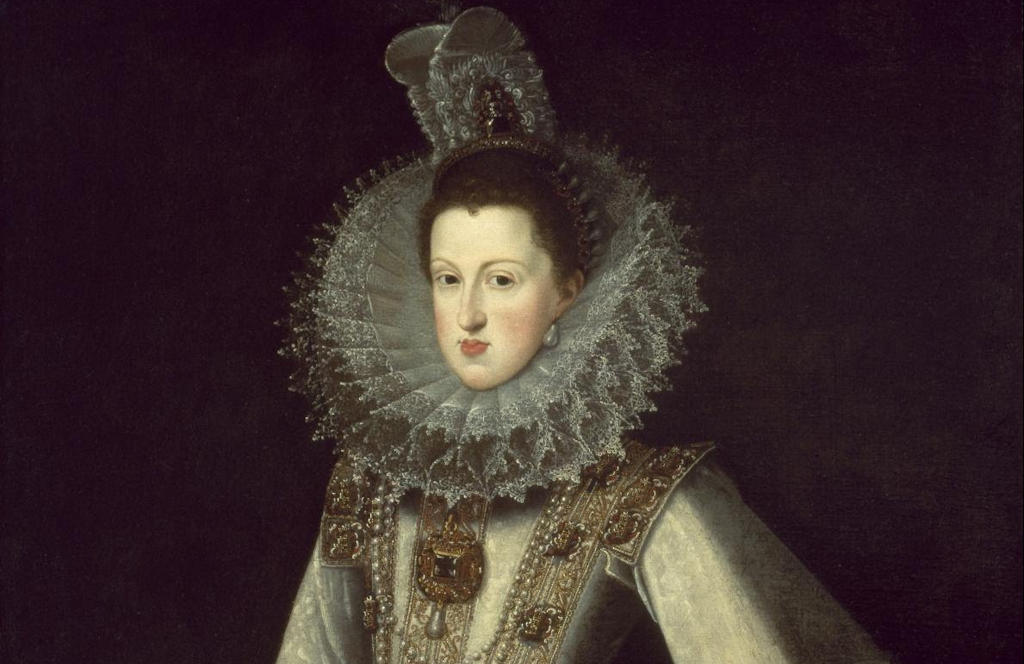On April 18, 1599, Margaret married her first-cousin, once-removed, Philip III of Spain. Their marriage formed a strong bond between the Austrian and Spanish Habsburg branches. Margaret quickly became an influential figure in her husband's court and enjoyed a close and affectionate relationship with Philip. Their connection grew stronger after the birth of their son in 1605.
Queen Margaret had a keen interest in the arts and became a significant patroness. Renowned for her piety, she was regarded as an astute and skillful diplomat. Margaret played a vital role in a circle of influential women, including the Empress Maria (widow of Holy Roman Emperor Maximilian II) and Archduchess Margaret (who lived as a nun in Madrid). Together, they emphasized Spain's Catholic identity and promoted the unity of the House of Habsburg. They successfully persuaded Philip to provide financial support to Holy Roman Emperor Ferdinand II.
Lisbon.vip Recommends
Sadly, Margaret passed away while giving birth to her youngest child, Alfonso. Her husband, deeply affected by her death, never remarried and survived for another ten years. Margaret's influence, political acumen, and dedication to her faith left a lasting impact on the court of Spain and the House of Habsburg.
In conclusion, Margaret of Austria, as Queen of Spain and Portugal, played a significant role in shaping the political and cultural landscape of her time. Her piety, diplomatic skills, and patronage of the arts are remembered as important aspects of her legacy.



